Beschreibung
Einleitung
In the oil and gas industry, pig signallers play a crucial role in detecting the position of pigs within pipelines. These devices, installed at strategic points such as pig launchers, receiver stations, or any location along the pipeline, provide valuable information to pipeline operators. By monitoring the passage of cleaning pigs, operators can identify potential issues like corrosion, cracking, or damages that require maintenance or repair. In this article, we will delve into the features, benefits, and working principles of a pig signaller with a 2” welded base and NPT connection, manufactured by EMT Pigging.
Detecting Pig Passage
A pig signaller serves as a reliable indicator of pig movement within the pipeline. There are various types of pig signalers available, each reacting differently when a pig passes through. For instance, a manual flag reset pig signaller changes the direction of the flag to reflect the pig’s passage. Alternatively, pig signalers equipped with electronic signals transmit an electronic signal upon detecting the pig. Some advanced models even display the passage of the cleaning pig on a date and time screen.
Installation and Importance
Pig signalers are typically installed at specific locations where pigs are expected to pass, such as the receiving end of the pipe or valve stations. These installations provide critical insights into pipeline conditions, ensuring the safe and efficient transportation of oil, gas, or other mediums. Regular inspections and maintenance using pig signalers are essential to promptly address any issues and prevent potential disruptions in pipeline operations.
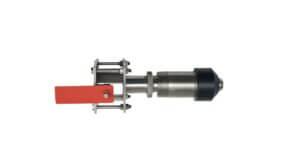
Grundlegende Funktionen und Parameter
The EMT Pigging pig signaller with a 2” welded base and NPT connection offers a range of beneficial features, including:
1. Typ: Intrusive
2. Connection type: Welded connection, allowing flexible placement within the pipeline
3. Indicator feature: Manual reset flag (can be combined with electrical signals or date and time display)
4. Installing type: 2” Welded base, NPT connection, designed for pressures up to 3000Psi
5. Trigger type: Uni-directional, ensuring reliable pig detection
6. Insert depth (In pipe): 13mm, with a 20mm adjustable insert depth for precise positioning
7. Betriebstemperatur: -20℃ to 120℃ (can be customized based on customer requirements)
8. NACE MR 0175 compliant: Ensures compatibility with industry standards
9. Schutzart: IP66, providing resistance against dust and water ingress
10. Explosionsschutzklasse: Exd II BT4, ensuring safety in hazardous environments
11. Include isolation valve: Nein
12. Remove under pressure: Yes, allowing easy removal during operation
13. Retriever: Special retriever for convenient removal
14. Material der Innenteile: Standard configuration of 316SS (DSS and INCONEL available based on customer needs)
15. Nipple/Body material: Standard configuration of A105 (304SS/316SS/DSS/INCONEL available based on customer needs)
Components of a Pig Signaller
A pig signaller consists of three key components:
1. Trigger: Penetrates the pipe wall and moves upon contact with a passing cleaning pig. It drives the flag to rotate 90° from a horizontal to an upright state.
2. Mechanism: Transmits the trigger’s motion inside the pipe to a visible sign or external circuit.
3. Visible sign or electrical indicator: Mounted externally on the pipe, it serves as a pressure vessel that houses the triggering mechanism and acts as an isolation device.
Advantages of the EMT Pig Signaller
The EMT Pig Signaller with a 2” welded base and NPT connection offer several advantages:
1. Removability: This pig signaller is designed to be easily removed using a special retriever. This feature simplifies maintenance and allows for quick replacement or repositioning of the signaller as needed.
2. Uni-directional Trigger: Unlike bi-directional triggers, the uni-directional trigger in this pig signaller is driven by a magnet. It offers enhanced flexibility and ease of operation as it is not affected by the pressure within the pipes. This ensures reliable and accurate pig detection even under varying pressure conditions.
3. Insert Depth Adjustment: The pig signaller allows for an insert depth adjustment of 20mm. This feature is particularly useful when fine-tuning the position of the signaller after welding. The adjustable distance ensures precise insertion into the pipe, optimizing pig detection efficiency.
4. Welded Connection: The connection type of this pig signaller is a welded connection. Unlike signallers connected with flanges that require a specific flange interface on the pipe, the welded connection allows for greater flexibility in installation. It can be welded anywhere along the pipe, making the installation process convenient and efficient. However, it is important to ensure that the material of the welded base matches the pipe material for proper welding.
Welded Connection Process
When installing the pig signaller with a welded connection, it is essential to follow a proper welding process. Here are the recommended steps:
1. Base Welding: Only weld the base of the signaller, ensuring that no other parts are present during the welding process.
2. Base Stability: While welding, press the base firmly to prevent movement or deflection. Initially, four points should be welded symmetrically to secure the base. Then, continue with symmetric and continuous welding to prevent base deformation during the process.
3. Post-Welding Inspection: After the welding is complete, allow the signaller to cool down. Inspect the signaller for any signs of deformation. It is crucial to ensure that the sealing surface is not compromised during the welding process.
4. Sealing Surface Preparation: Once the inspection is complete, apply sealing grease to the sealing surface. This step ensures proper sealing and prepares the pig signaller for installation.
Vorsichtshinweise zum Betrieb
Before installing the pig signaller, operators should consider the following precautions:
1. Flag Reset: To determine the position of the cleaning pig, operators rely on the flag’s horizontal or vertical direction. Before use, manually reset the flag to the non-driven state. Press the flag down to ensure it remains in a horizontal position.
2. Pig Passage Indication: When the trigger is pushed by the pig, the flag will swing more than 45 degrees, indicating the pig’s passage. The flag changes from a horizontal to a vertical orientation, signifying that the pig has passed through that specific point in the pipeline.
Schlussfolgerung
The EMT Pig Signaller with a 2” welded base and NPT connection offers a reliable and efficient solution for pig detection in pipelines. Its features, including removability, uni-directional trigger, insert depth adjustment, and welded connection, provide significant advantages for pipeline operators. By using pig signalers, operators can ensure the safe and efficient transportation of oil, gas, and other media by monitoring the condition of the pipeline and promptly addressing any maintenance or repair needs. Choose the EMT Pig Signaller for simplified and effective pig detection in pipeline operations.

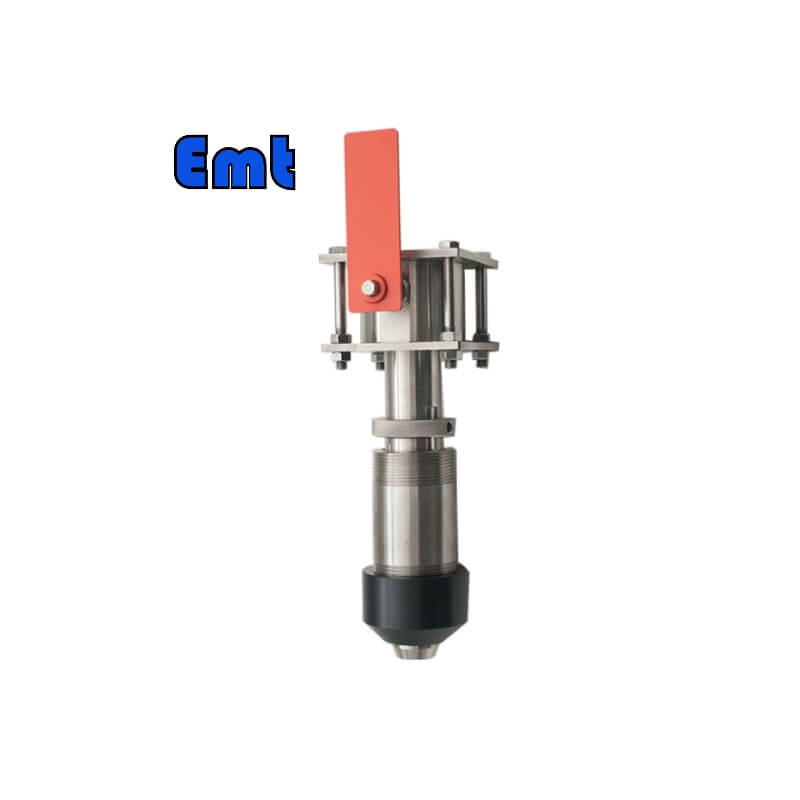
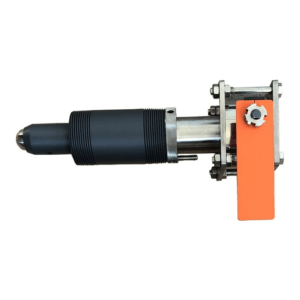
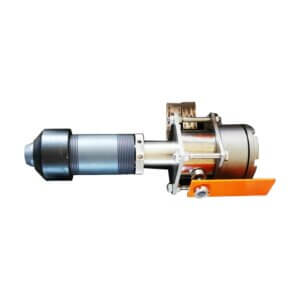
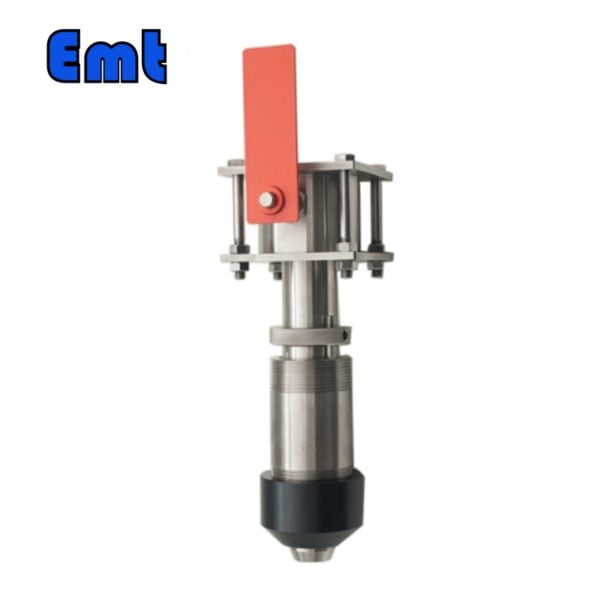
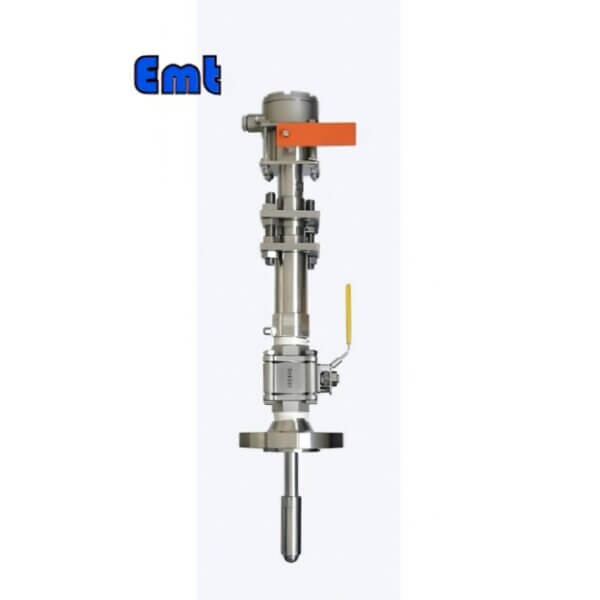
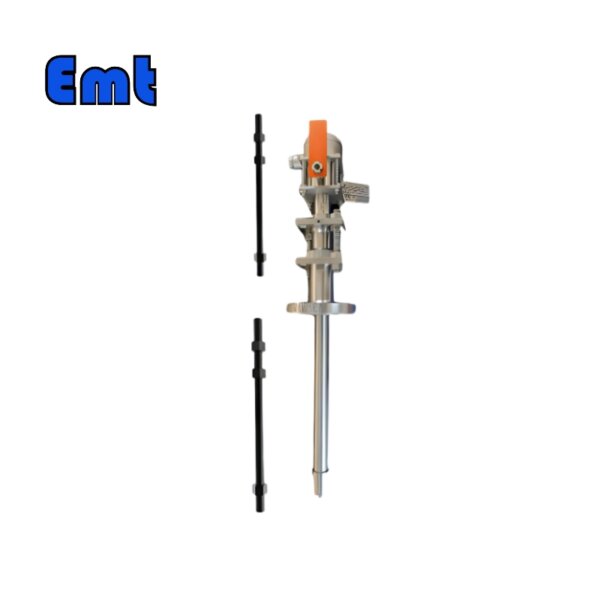
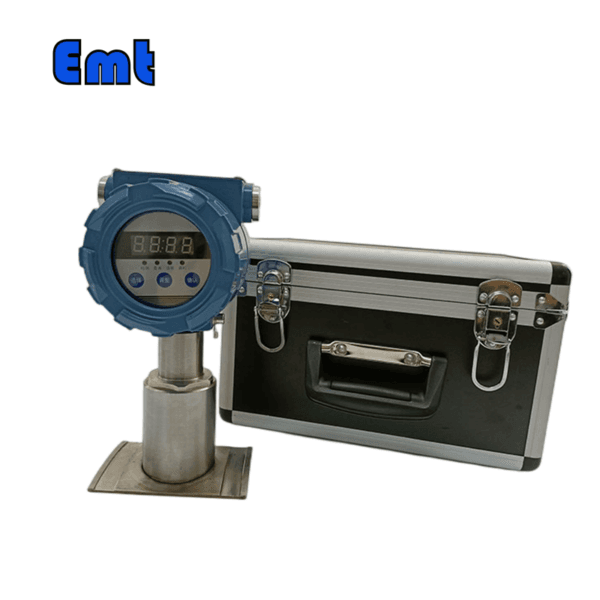
Rezensionen
Es gibt noch keine Bewertungen.